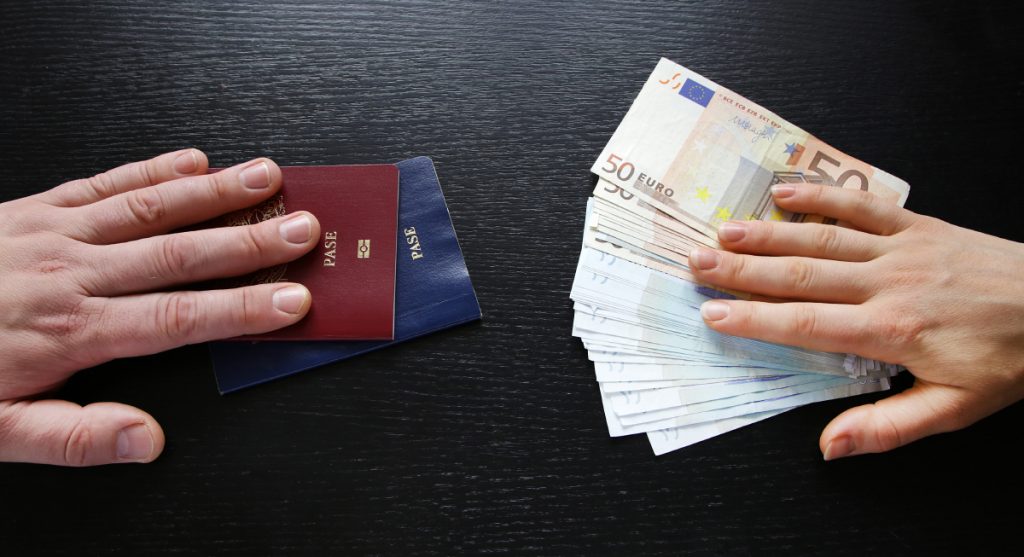It is the dawn of a new era in the European Union as it boldly steps into a future where boardroom doors swing open equally for everyone. The 40% quota for women in non-executive director roles by 2026 is not merely an ambitious target. It is the EU's commitment to shaping a corporate world that truly reflects society's diversity.
Looking back, one might recall how Norway set the stage for such changes. In 2005, the country, known for its fjords and northern lights, became a beacon for gender equality in corporate governance. Within a span of seven years, Norway saw a dramatic shift, from a meager 5% of women directors to an astounding 40%.

Mika / Pexels / According to the European Commission President, Ursula von der Leyen, “Women are capable of leadership.” And if they are qualified, they should get the job.
Thus, their journey was more than a success story. It was an inspiration, signaling to nations that change - albeit challenging - is possible.
A New Dawn of Gender Diversity
Now, delving into the specifics of the EU's directive, there is more than what meets the eye. By June 30th, 2026, major companies across the EU are mandated to reshape their boardrooms. While the directive emphasizes the “underrepresented sex,” which often refers to women in most corporate spheres, it is the approach to filling these roles that is equally noteworthy.
In scenarios where decision-makers have a tough choice, where male and female candidates bring equal prowess to the table, the scales are designed to favor the woman. This subtle yet powerful nuance ensures that the spirit of the directive is upheld. Thus, pushing companies to genuinely prioritize gender diversity.

RDNE / Pexels / Per the European Commission President, the EU itself will be supervising the progress to ensure that companies are following the latest directives of the EU.
The EU Itself Will Supervise the Progress
But as with any directive, especially one that is game-changing, there must be mechanisms to measure and ensure progress. The EU expects companies to be transparent, requiring them to shed light annually on the gender dynamics within their boardrooms.
This is not a mere exercise in statistics. If companies do not match up to the set benchmarks, they are obligated to chart out their journey towards it. They must provide insights, strategies, and plans detailing their endeavors to achieve the outlined objectives.
It Is a “Mandate” Not Just a Mere Directive
The repercussions for companies that choose to sidestep this directive are far from inconsequential. On one end of the spectrum, they might find themselves grappling with fines, a monetary reminder of their oversight. For more severe lapses, a judicial body could step in, reevaluating and potentially overturning their board director selections.

Rebrand / Pexels / The EU is making it abundantly clear: This is not a mere recommendation. But a mandate with teeth.
Taking stock of the current scenario provides a fascinating snapshot of where the EU stands in this journey. France emerges as a clear trailblazer, not just meeting but surpassing expectations with over 45% women in boardroom roles.
Nations like Italy, the Netherlands, Sweden, Belgium, and Germany are not far behind. Each country demonstrates significant strides with their figures hovering between 36% and 38.8%. However, the journey is more arduous for countries like Hungary, Estonia, and Cyprus. With women making up less than 10% of boardroom roles, these nations have a steeper mountain to climb.








